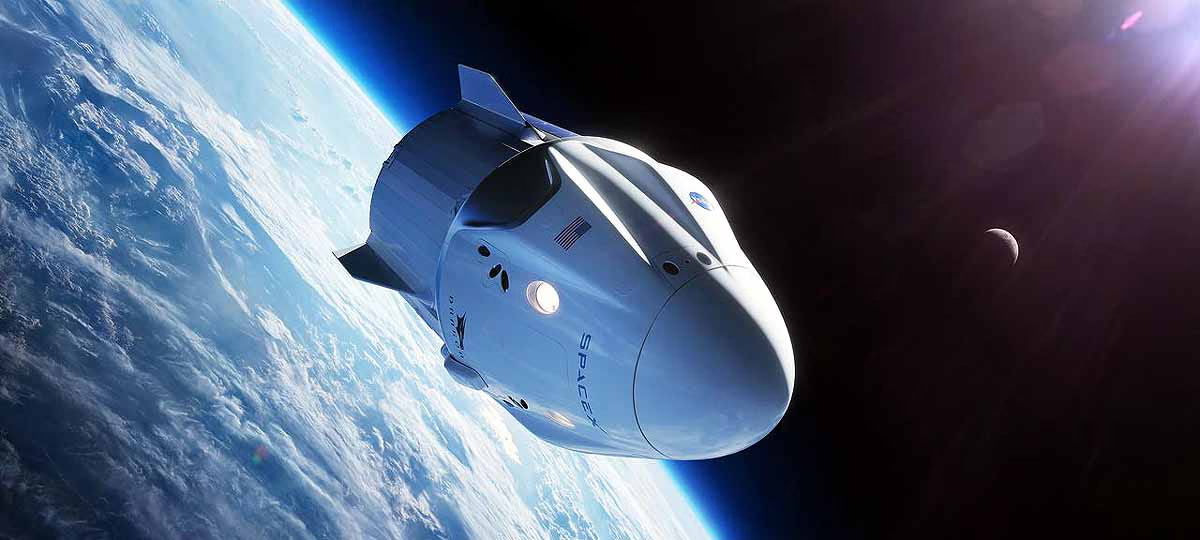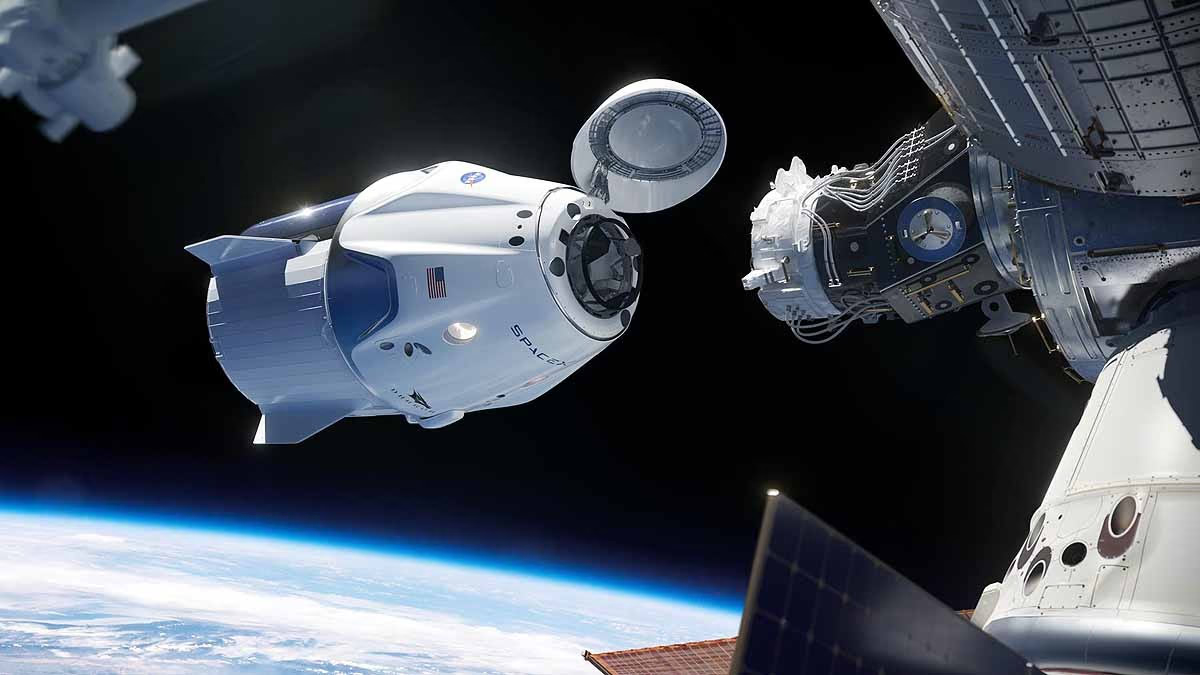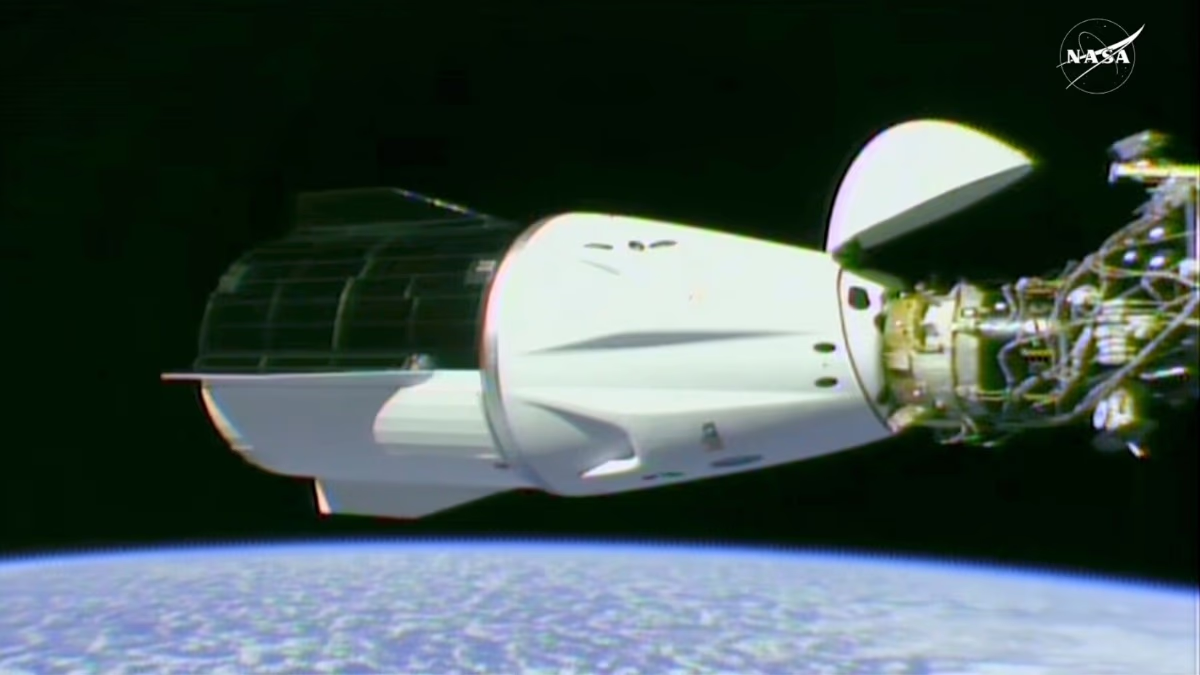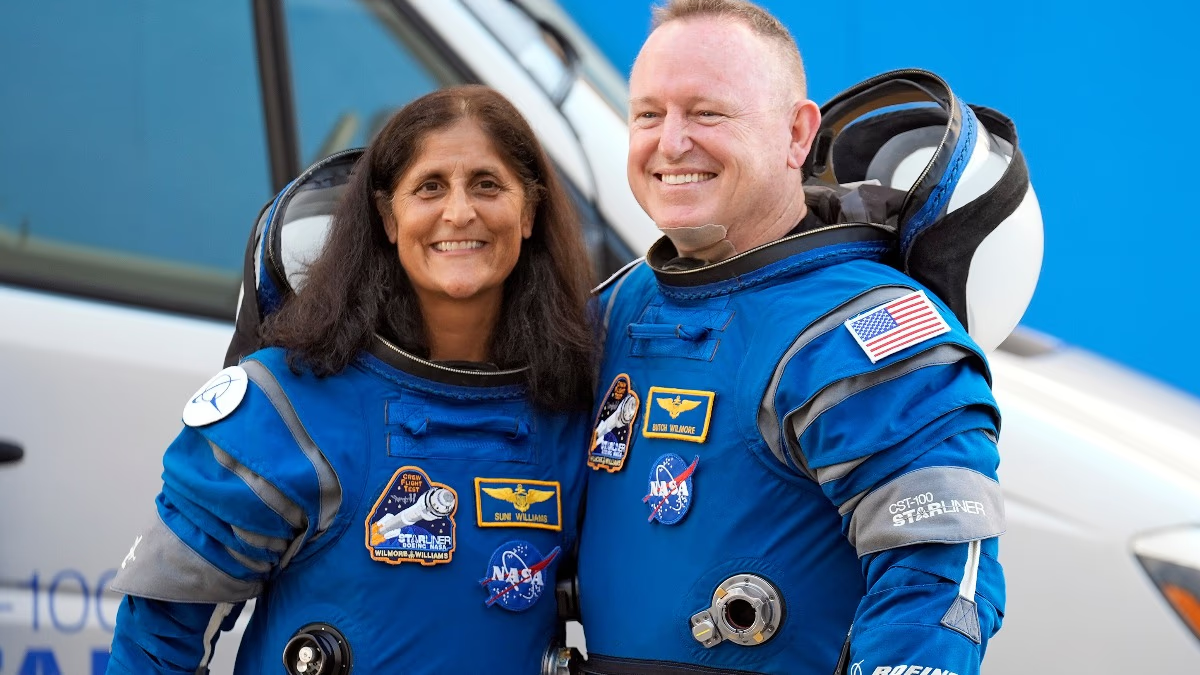Aboard the SpaceX spacecraft Dragon, Sunita Williams, Butch Wilmore, Nick Hague, and Alexander Gorbunov are heading back to Earth. Sunita Williams and Butch Wilmore began their mission on June 6, 2024, at the International Space Station. Nick Hague and Alexander Gorbunov joined them on September 29, 2024. Now, they are returning home onboard SpaceX's Dragon Freedom capsule.
NASA has selected SpaceX's Dragon Crew Capsule for this mission. Since its inception, this capsule has been launched 49 times, making 44 journeys to the International Space Station and flying again 29 times. It has seating capacity for seven astronauts at once.
Also read: NASA’s Challenge: SpaceX to Bring Back Sunita Williams, Costing 20 Billion

Source: aajtak
This is the world's first private spacecraft regularly ferrying astronauts and cargo to the space station. The empty capsule weighs 7,700 kilograms. When launching with cargo and astronauts, its maximum weight capacity is 12,500 kilograms.
It can deliver or return up to 6,000 kilograms of weight in any orbit. Specifically, it can take or bring back 3,307 kilograms to or from the space station. Generally, it accommodates 2 to 4 astronauts.
Feel free to learn more: Sunita Williams Departs Space for Earth, Understand the Landing Process
Emergency Capacity: Can Return Seven Astronauts
In emergencies, this capsule can be arranged to seat seven astronauts. It can operate independently in lower Earth orbit for up to 10 days. However, if tethered to the space station, it can stay in space for up to 210 days.

Source: aajtak
Twelve Dragon Capsules Built So Far
The Dragon Crew Capsule stands 15 feet tall, expanding to 26.7 feet including the propulsion system. Its internal diameter measures 13 feet with a width of 12 feet. SpaceX has created multiple variants, resulting in 12 capsules so far: 6 crew, 3 cargo, and 3 prototypes.
Eight Operational Dragon Capsules for Astronauts
Currently, there are 8 operational Dragon capsules, including four crew capsules for transporting astronauts to and from the space station, three for cargo, and one prototype. Three capsules have been retired, including one crew and two prototypes.
Soaring Successes Since 2019
The first unmanned flight of this capsule occurred on March 2, 2019. The first manned mission took off on May 20, 2020, while the initial cargo mission launched on December 6, 2020. Commonly, it is launched using SpaceX's Falcon 9 Block 5 rocket, carrying 2,563 kilograms of fuel for the journey to the space station and back.




